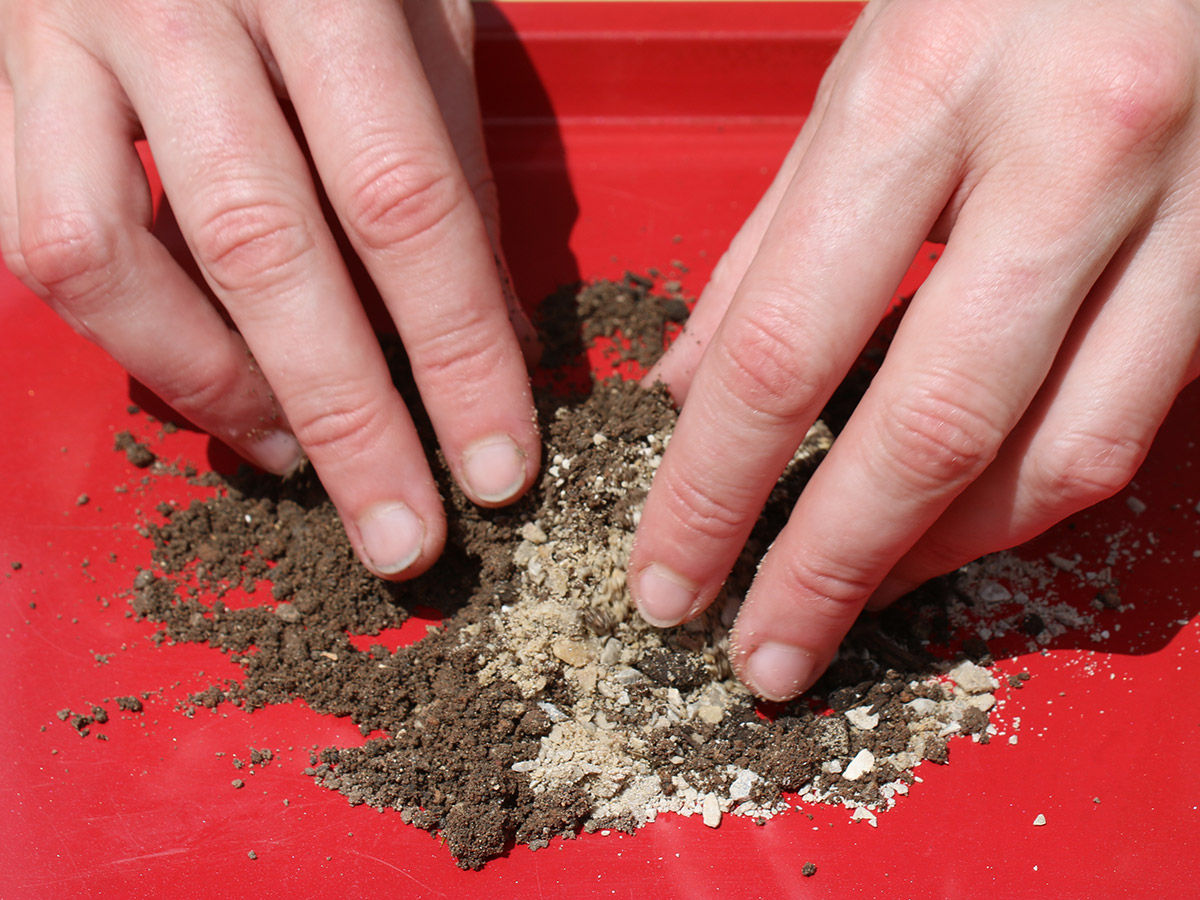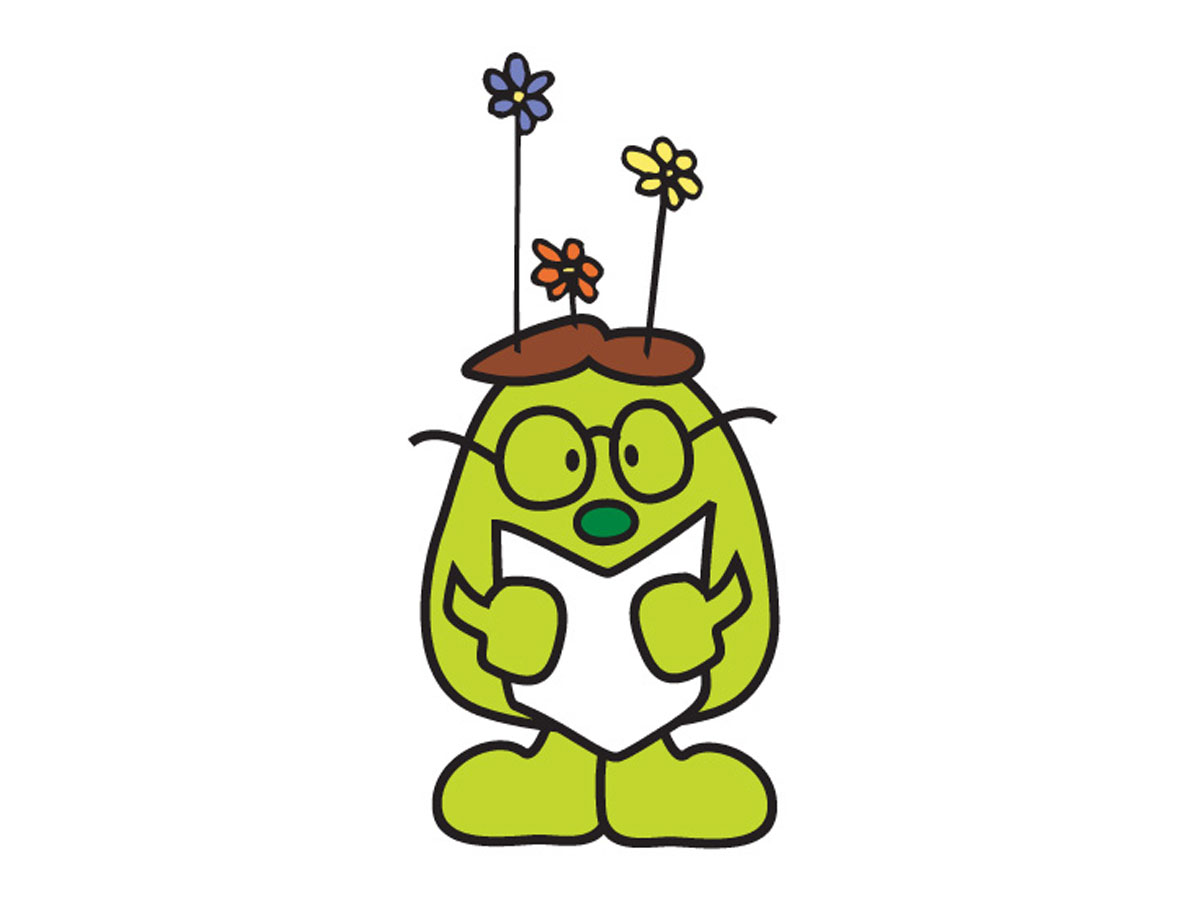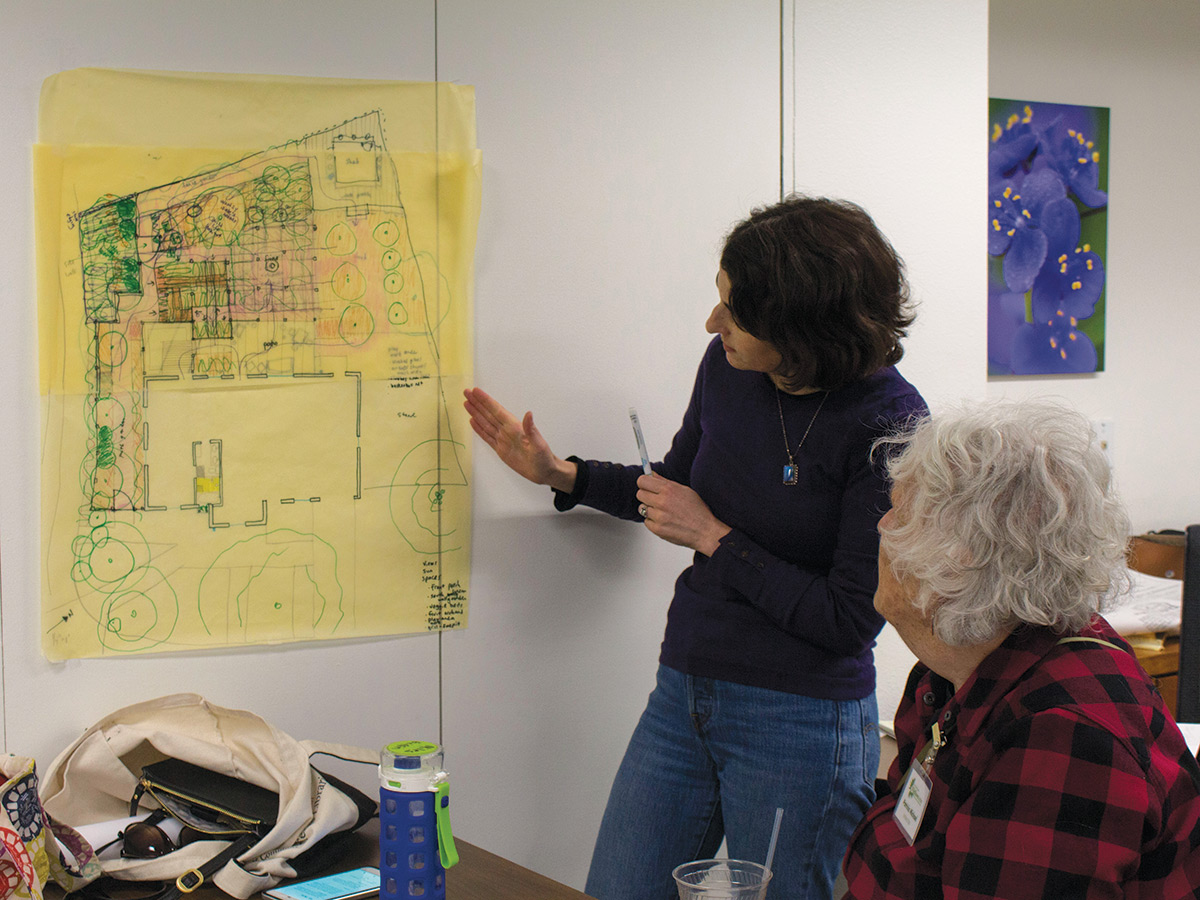How to Eradicate Bastard Cabbage
This invasive plant outcompetes our native wildflowers by blocking sun with its broad leaves, leaving some fields a complete monoculture of bastard cabbage. It particularly loves disturbed areas, like new roadsides and lands cleared for development. (Just look at newly graded roads for an example.) Sadly, it has started creeping into natural areas along streams and in forests as well. It can be found in 17 U.S. states and a few Canadian provinces.
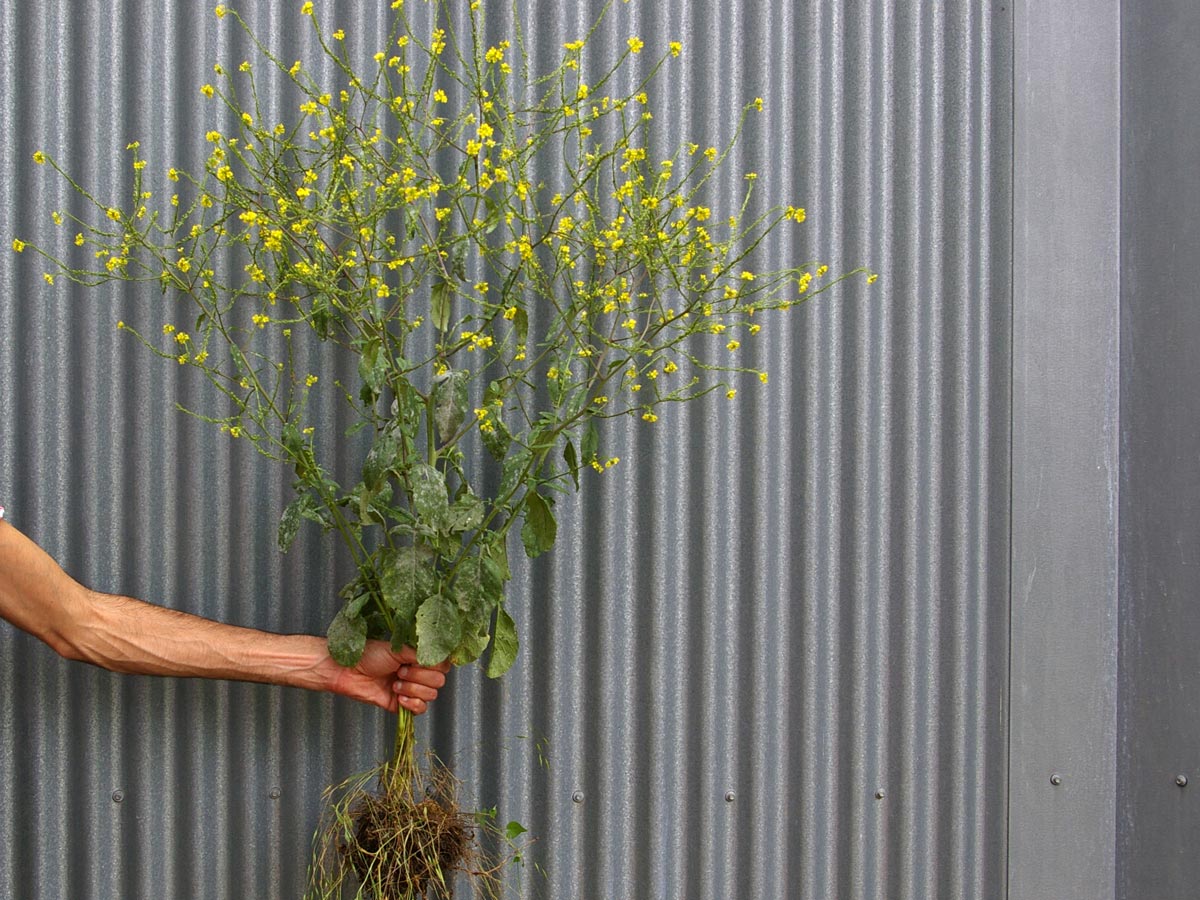
Removing Bastard Cabbage
OK, so you need to remove some bastard cabbage. Here are a few options:
1. Hand pulling. It is relatively easy to pull individual plants from established populations of bastard cabbage. If you’ve got a small enough stand, get yanking. If you’ve got a big one, mobilize a pulling party with your neighbors. Just be sure you pull out the entire plant and do it before it goes to seed.
2. Mowing. Mowing will remove some, but not all, flowers and reduce the amount of seed that could grow into a new plant next year. But mowing doesn’t remove all the seed stored in the ground.
3. Herbicides. If it’s a dauntingly huge field, the harsh truth is that you might need to consider spraying with herbicides.
After You Remove the Bastard
No matter which way you remove bastard cabbage, Wildflower Center research recommends that you plant more native seeds.
In 2005, Mark Simmons, Ph.D., discovered that bastard cabbage populations were dramatically reduced in areas that were heavily seeded with one of our top native wildflowers, Indian blanket (Gaillardia pulchella). By simply sowing landscapes with Gaillardia, bastard cabbage has a tough time competing for water, light and nutrients.
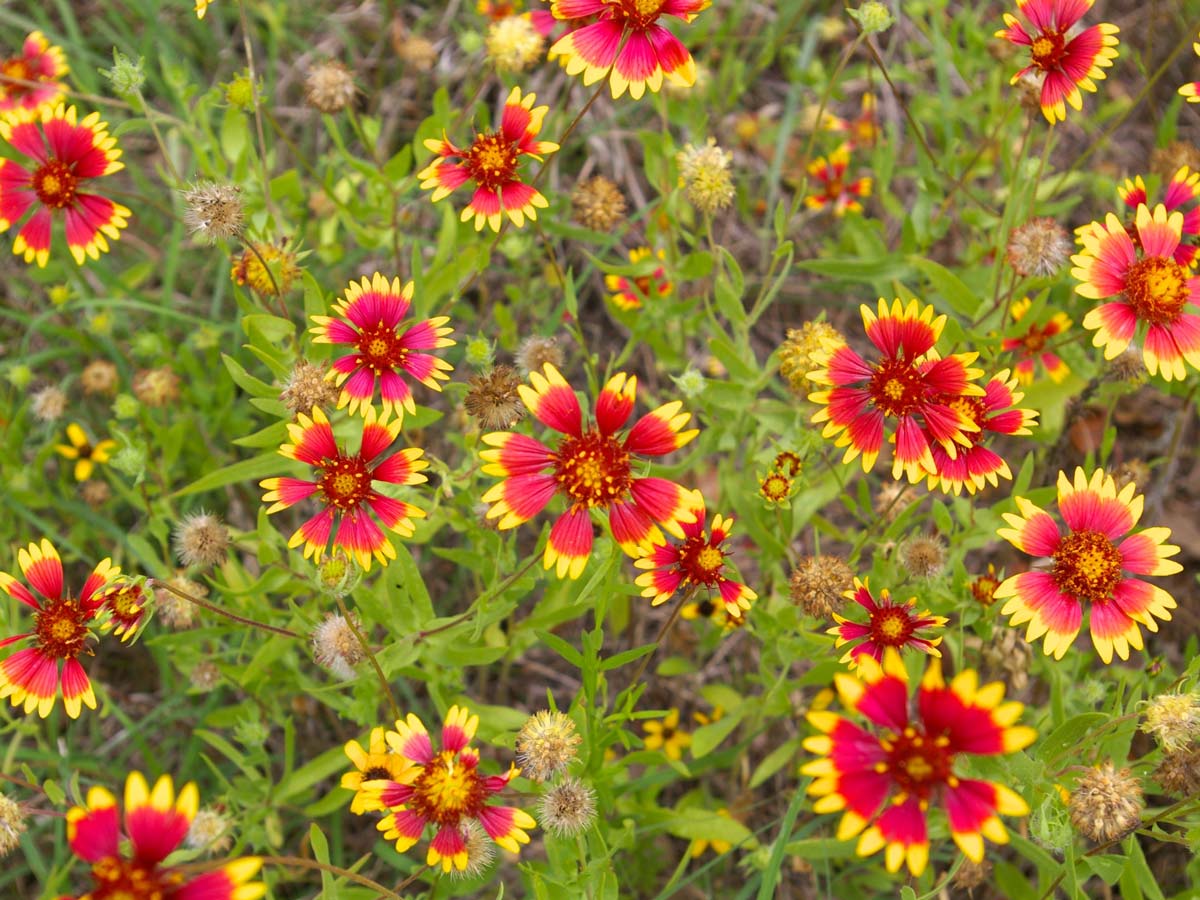
Above: Mark Simmons showed that areas heavily seeded with Indian blanket (Gaillardia pulchella) reduced bastard cabbage populations.
Preventing Further Bastard Cabbage
1. Clean topsoil. Make sure any topsoil brought in doesn’t have weed seed.
2. Wash vehicles. Ecological hygiene of construction vehicles is essential. Wash down surfaces and wheel arches when vehicles are brought in from contaminated sites (which are abundant).
More on Invasives
Bastard cabbage is just one very visible threat to our native wildflowers. Many of the others – perennial rye, Malta star thistle, and King Ranch bluestem – are more “invisible” to those who aren’t trained to see them. You can learn more about these species and others at texasinvasives.org.
Want to join the fight against invasive plants? Become one of our citizen scientists.
How-Tos
Increase your skills and knowledge with these pro tips from our experts
Mr. Smarty Plants
10,000 answers to your gardening and plant questions
Classes & Programs
Participate in one of our popular educational programs

